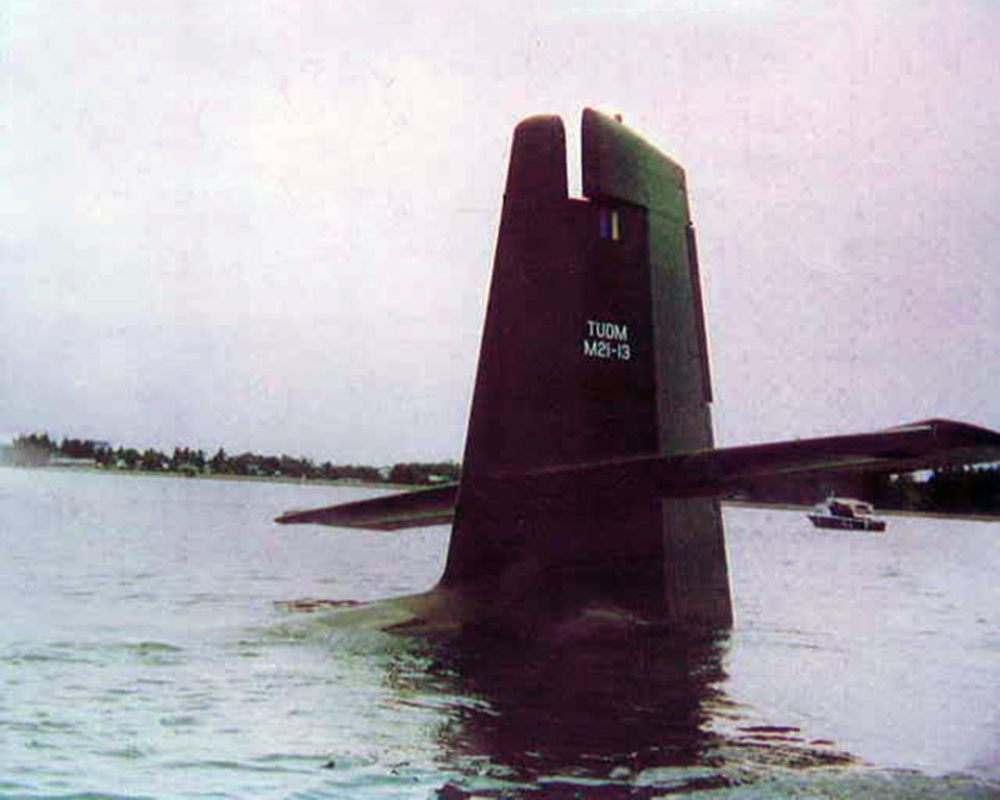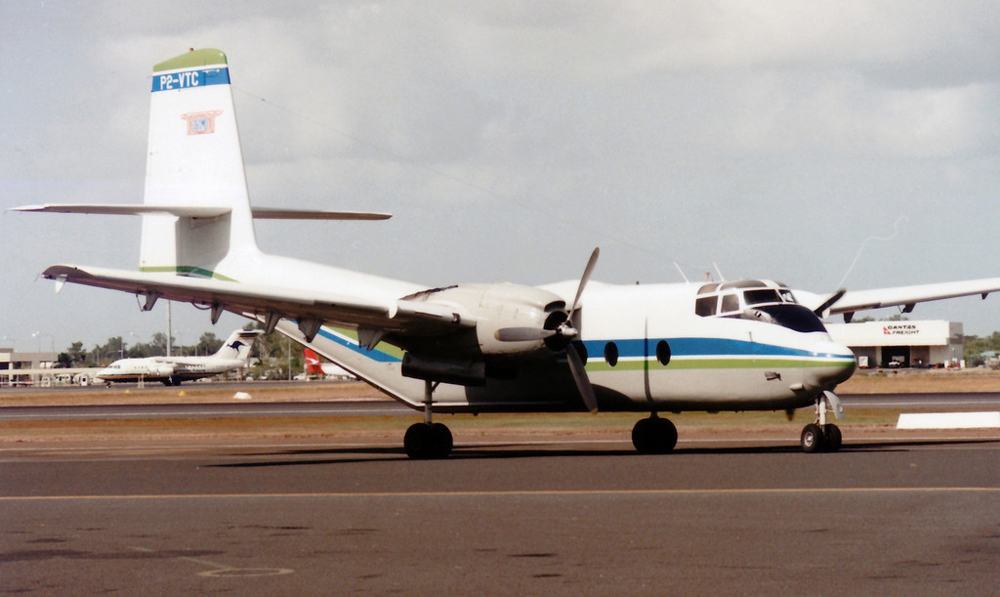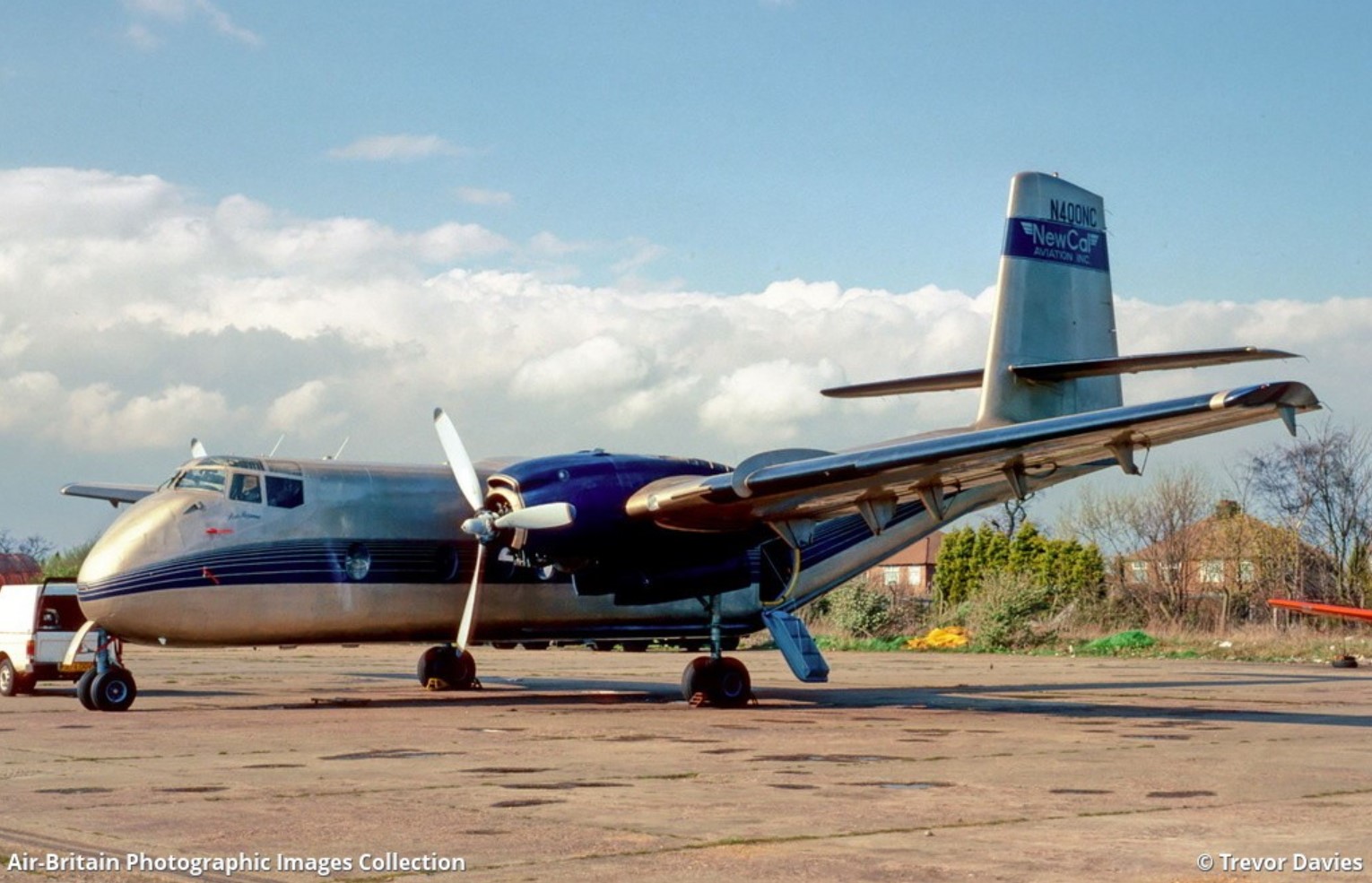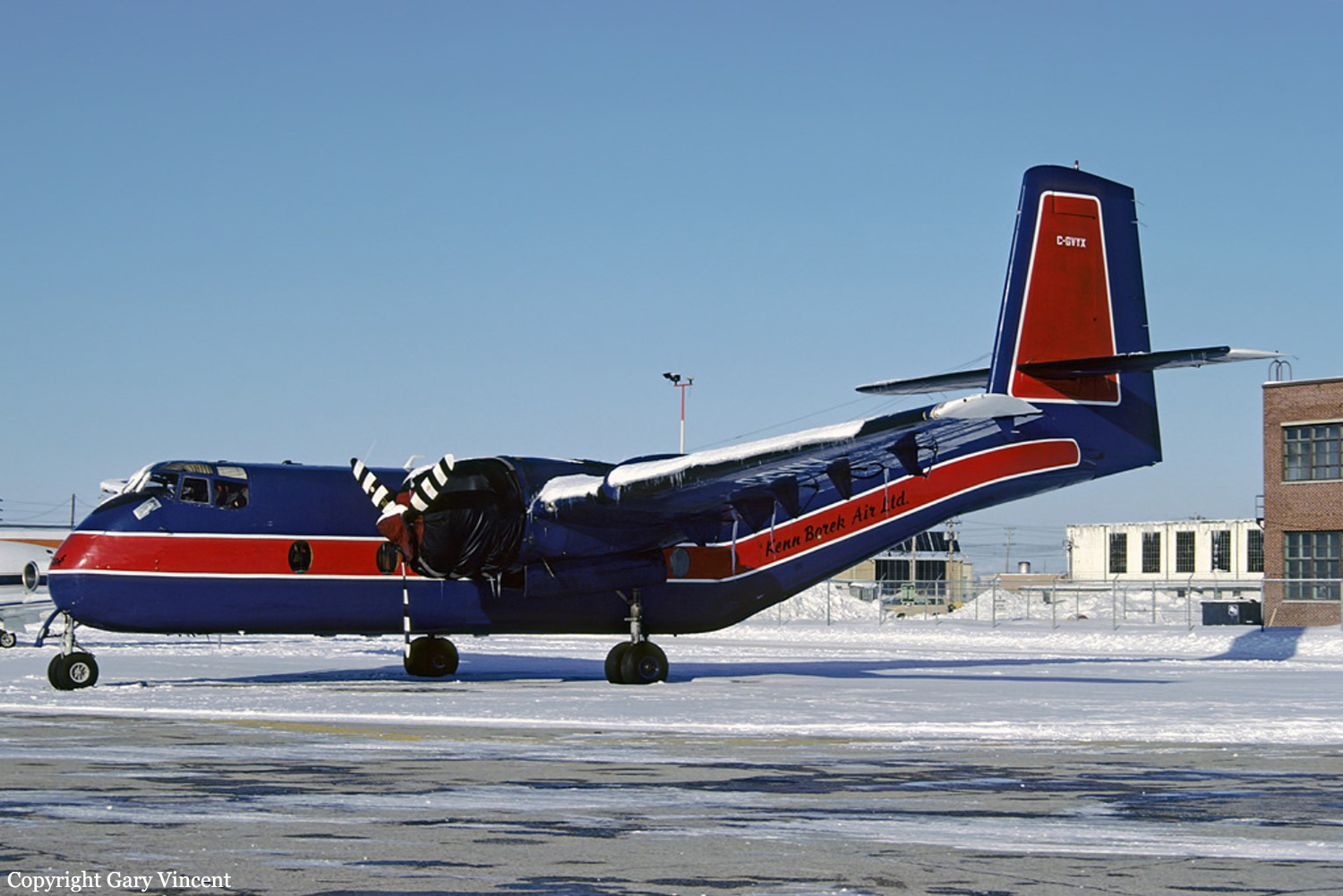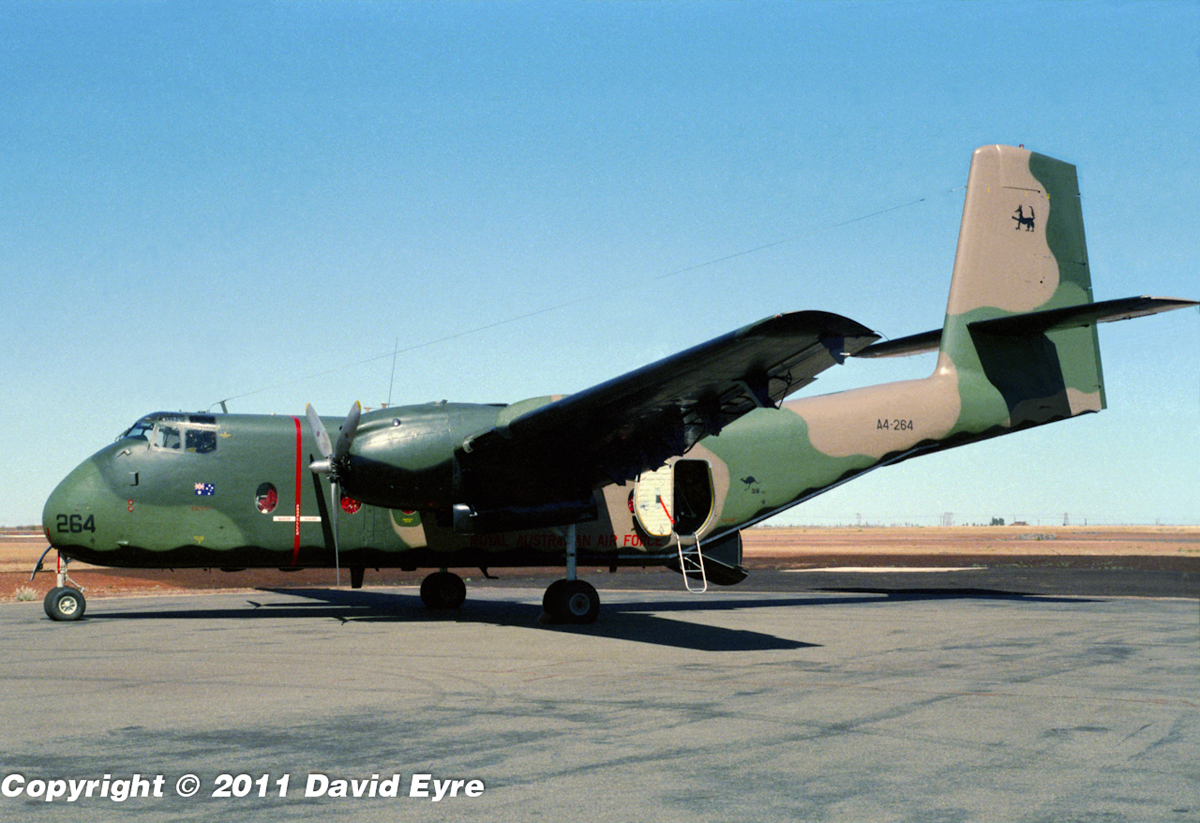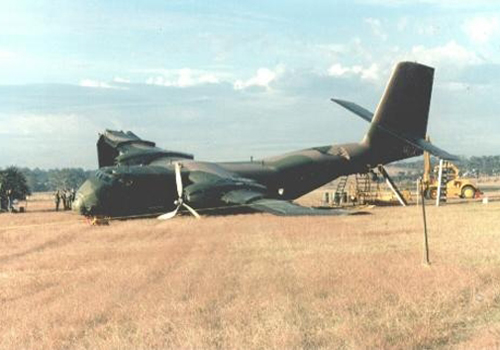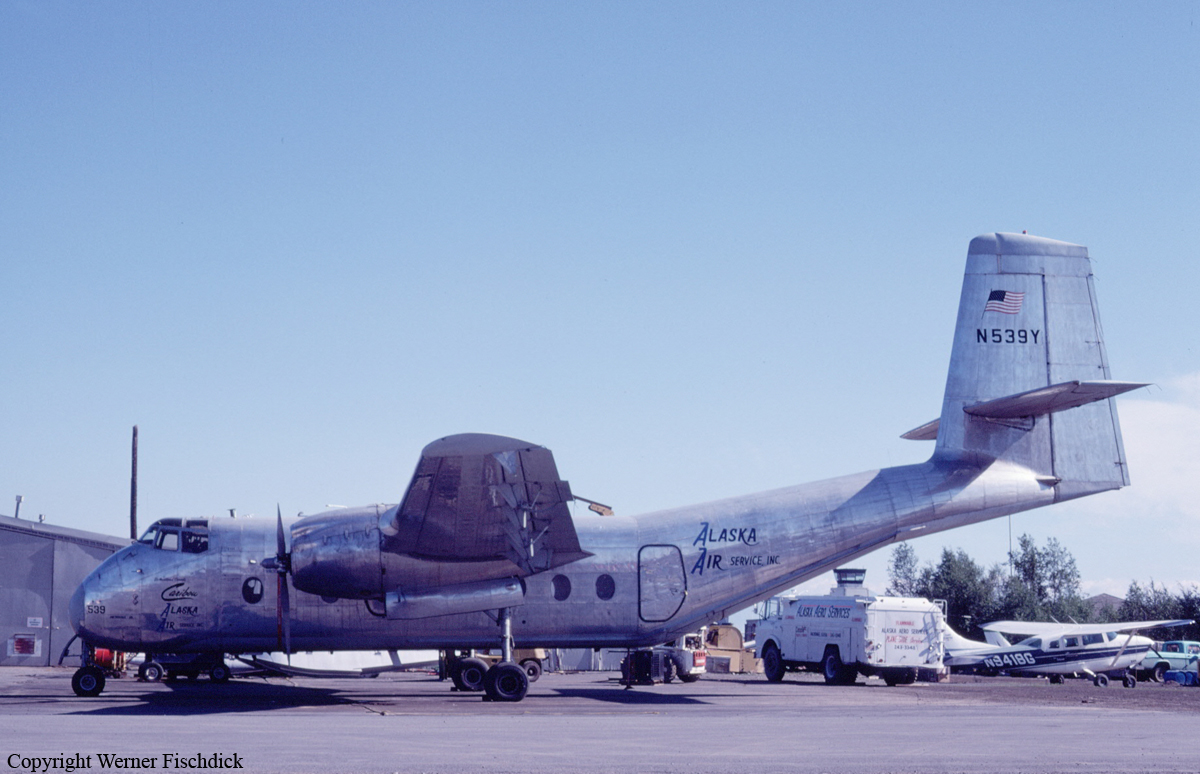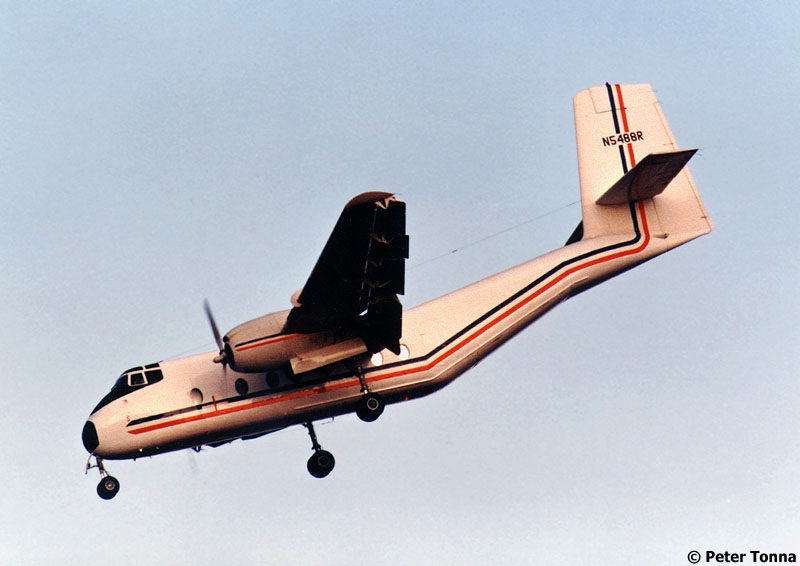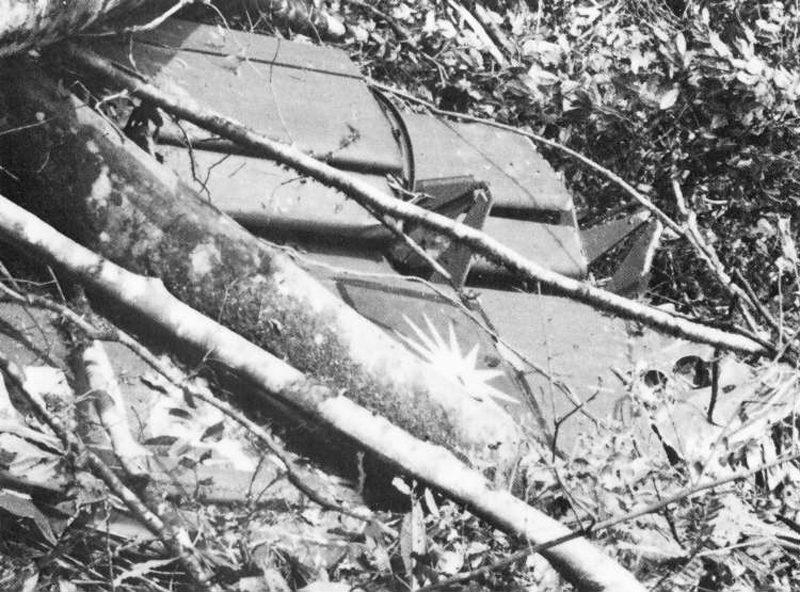Crash of a De Havilland DHC-4A Caribou off Labuan: 3 killed
Date & Time:
Jul 31, 1995 at 1244 LT
Registration:
M21-13
Survivors:
Yes
Schedule:
Labuan - Labuan
MSN:
281
YOM:
1969
Crew on board:
6
Crew fatalities:
Pax on board:
0
Pax fatalities:
Other fatalities:
Total fatalities:
3
Circumstances:
The crew was completing a local training flight at Labuan Airport. Following several touch-and-go manoeuvres, the crew initiated a new approach when one of the engine failed. The aircraft stalled and crashed in the sea few hundred metres offshore. Three crew members were killed and three others were seriously injured.
Probable cause:
Engine failure on approach for unknown reasons.
